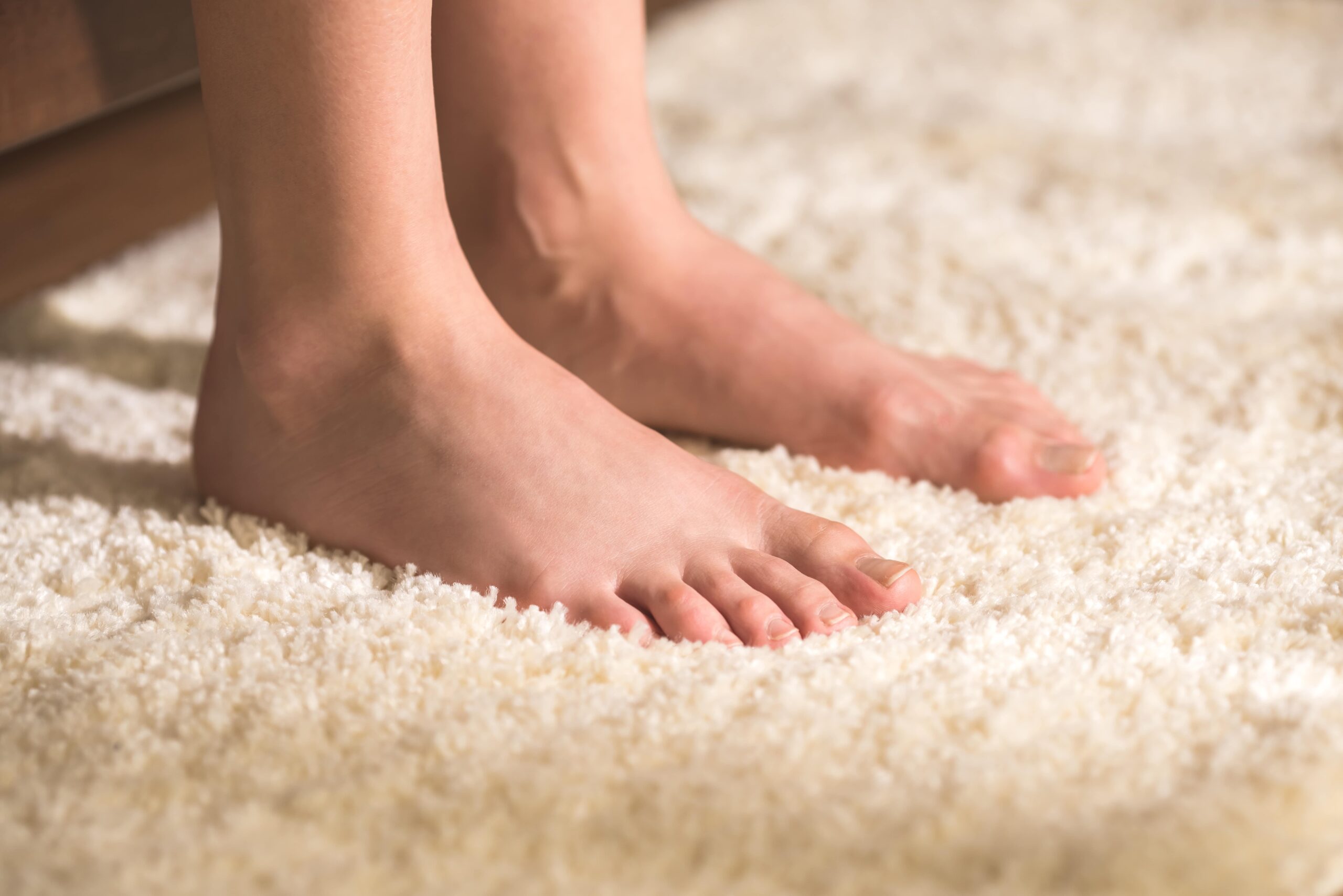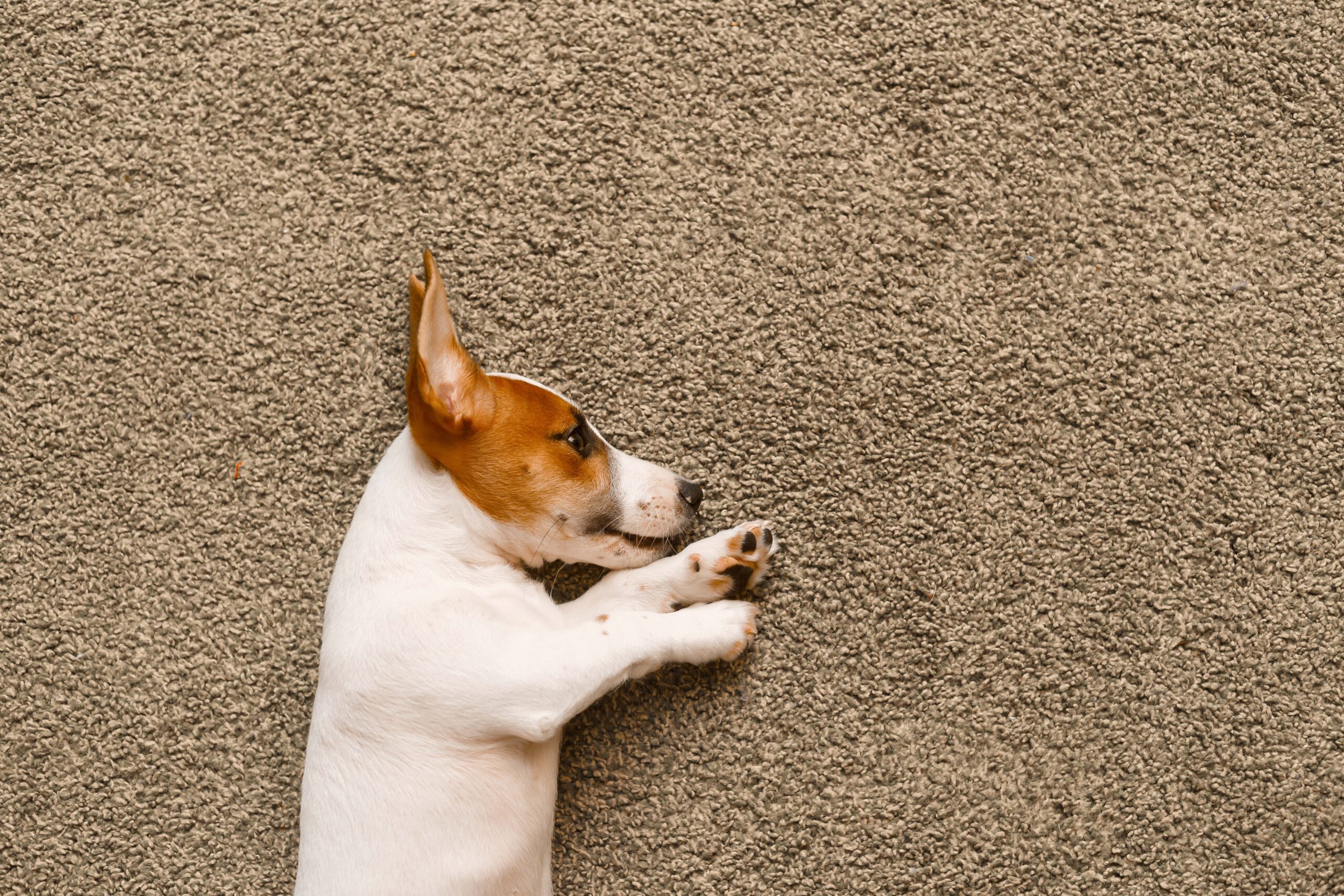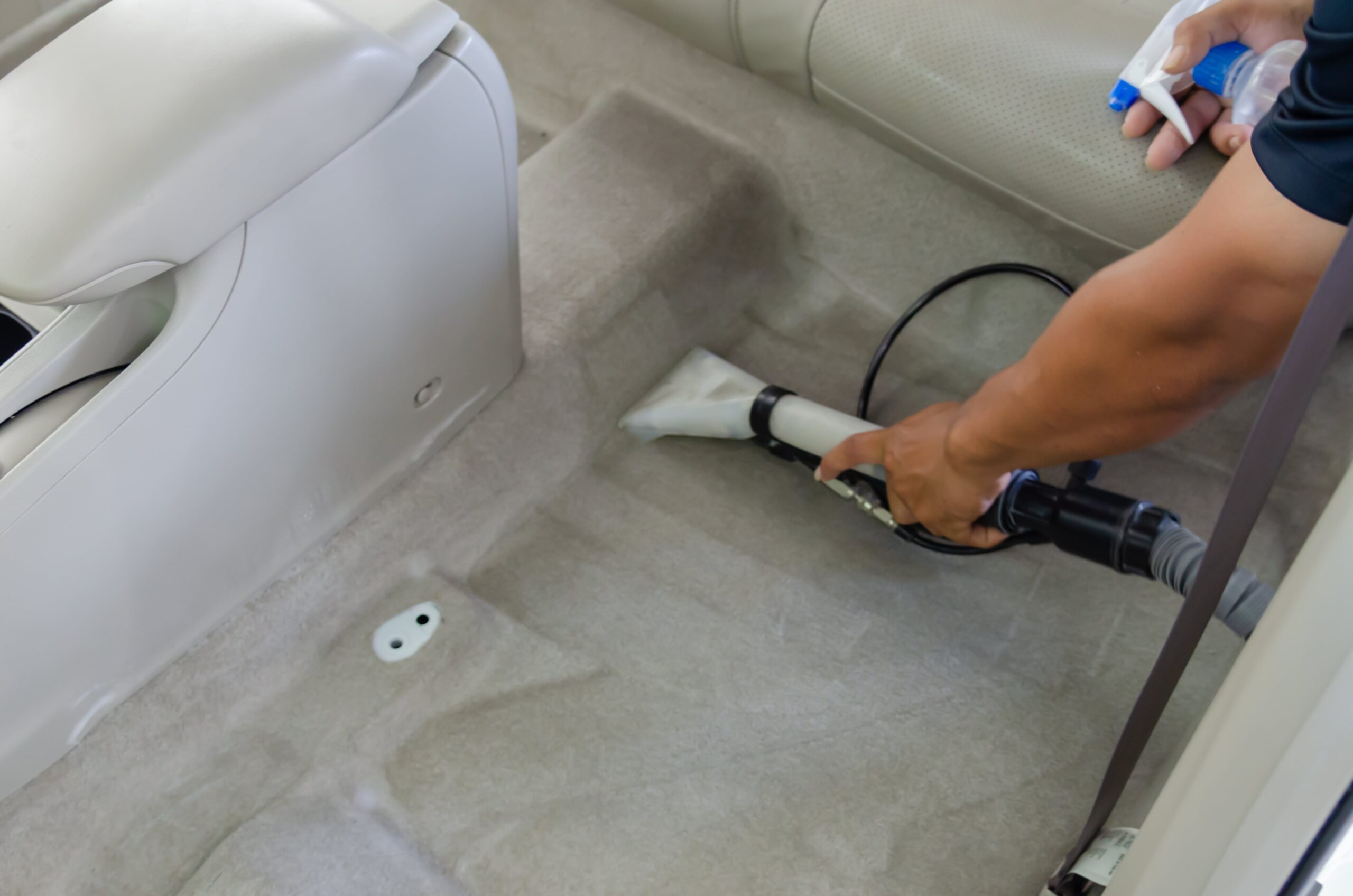Carpets not only add warmth and comfort to our homes but also enhance the overall aesthetics of the space. However, they are also subjected to heavy foot traffic, spills, stains, and wear and tear, which can diminish their appearance and longevity. Implementing effective carpet protection strategies is crucial to maintain their beauty and extend their lifespan. In this guide, we will explore essential tips and techniques to preserve and prolong the life of your beloved carpets.

Invest in Quality Carpets: The first step in carpet protection begins with choosing high-quality carpets suitable for your lifestyle and space. Durable and stain-resistant carpets can withstand daily wear better and are easier to clean and maintain.
Low-quality carpets tend to show signs of wear and tear more quickly, have a shorter lifespan, and are more susceptible to stains, fading, and matting. They may not have strong fibers or adequate stain resistance, making them more challenging to clean and maintain. Additionally, low-quality carpets may lose their original appearance and texture over time, resulting in a less visually appealing and comfortable flooring option. Investing in higher quality carpets ensures better durability and aesthetics, making them a more cost-effective and long-lasting choice for your home or business.
What makes carpets high quality ones?
The differences between a low-quality carpet and a high-quality one can significantly impact their appearance, durability, and overall performance. Here are some key distinctions and factors to determine carpet quality:
- Material and Fiber Type:
- Low-quality carpets often use inexpensive synthetic fibers like olefin or polyester, which may not withstand heavy foot traffic and can be prone to matting and crushing.
- High-quality carpets are made from durable and resilient fibers like nylon, wool, or triexta, which offer better resistance to wear and maintain their appearance for longer.
- Density and Pile Height:
- Low-quality carpets typically have a lower fiber density and shorter pile height, leading to a less plush and comfortable feel.
- High-quality carpets have a denser construction with a longer pile height, providing a luxurious and soft underfoot experience.
- Construction and Backing:
- Low-quality carpets may have weak backing and inadequate stitching, making them prone to unraveling and fraying.
- High-quality carpets feature sturdy and well-constructed backing, ensuring longevity and better resistance to wear and tear.
- Stain Resistance:
- Low-quality carpets may lack effective stain-resistant treatments, making them more susceptible to permanent staining.
- High-quality carpets often come with built-in stain-resistant technologies, like Scotchgard, to protect against spills and stains.
- Color Fastness:
- Low-quality carpets might have poor color fastness, causing them to fade or discolor over time, especially in areas exposed to sunlight.
- High-quality carpets are made with colorfast dyes that retain their vibrancy and resist fading, even with prolonged sun exposure.
- Warranty and Life Expectancy:
- Low-quality carpets typically have limited warranties and shorter life expectancies, as they are not designed for heavy use or long-term performance.
- High-quality carpets often come with more extended warranties and can last significantly longer when properly maintained.
- Price:
- Low-quality carpets are generally more affordable initially, but their shorter lifespan might result in higher long-term replacement costs.
- High-quality carpets have a higher upfront cost, but their durability and performance make them a more cost-effective investment over time.
To determine the quality of a carpet, consider its fiber type, density, pile height, backing, stain resistance, color fastness, warranty, and price. Additionally, it is essential to examine product reviews, seek advice from reputable carpet retailers, and choose well-known brands with a history of producing high-quality carpets.
Frequent Vacuuming: Regular vacuuming is the foundation of carpet care. Aim to vacuum high-traffic areas at least twice a week and less-used areas once a week. Proper vacuuming prevents dirt and debris from settling deep into the carpet fibers, minimizing damage.
Immediate Stain Removal: Act swiftly when spills occur. Blot the stain gently with a clean cloth or paper towel, avoiding rubbing, which can spread the stain. Use a mild cleaning solution or vinegar-water mixture for most stains, and consult the carpet manufacturer’s guidelines for specific stain treatments.
Use Welcome Mats and Rugs: Place welcome mats at entrances and high-traffic areas to trap dirt and moisture before they reach the carpets. Area rugs can also protect the carpet in vulnerable spots, such as near the entrance or under dining tables.
Shoes Off Policy: Implement a shoes-off policy inside the house to prevent outside dirt and debris from being tracked onto the carpets. Provide a designated area for shoe storage near the entrance.
Regular Professional Cleaning: Periodic professional carpet cleaning is essential for deep cleaning and removing accumulated dirt and stains. Schedule a professional cleaning service at least once every 6 to 12 months, or more frequently in high-traffic areas.
Apply Carpet Protectors: Consider applying carpet protectors, such as Scotchgard or other products, after a professional cleaning. These products create a barrier on the carpet fibers, repelling liquids and preventing stains from setting in.
Rearrange Furniture: Regularly rearranging furniture prevents uneven wear on specific areas of the carpet. This simple practice distributes the weight and pressure, preserving the carpet’s appearance.
Trim Snags and Loops: Snags and loops on the carpet’s surface can lead to more significant damage. Trim them carefully using scissors to avoid further unraveling.
By following these carpet protection techniques, you can keep your carpets looking fresh and vibrant for years to come. Taking proactive measures to preserve their condition will not only enhance the beauty of your home but also save you money in the long run, as your carpets will require replacement less frequently. With a little effort and care, your carpets will remain a source of comfort and joy for your family and visitors alike.








